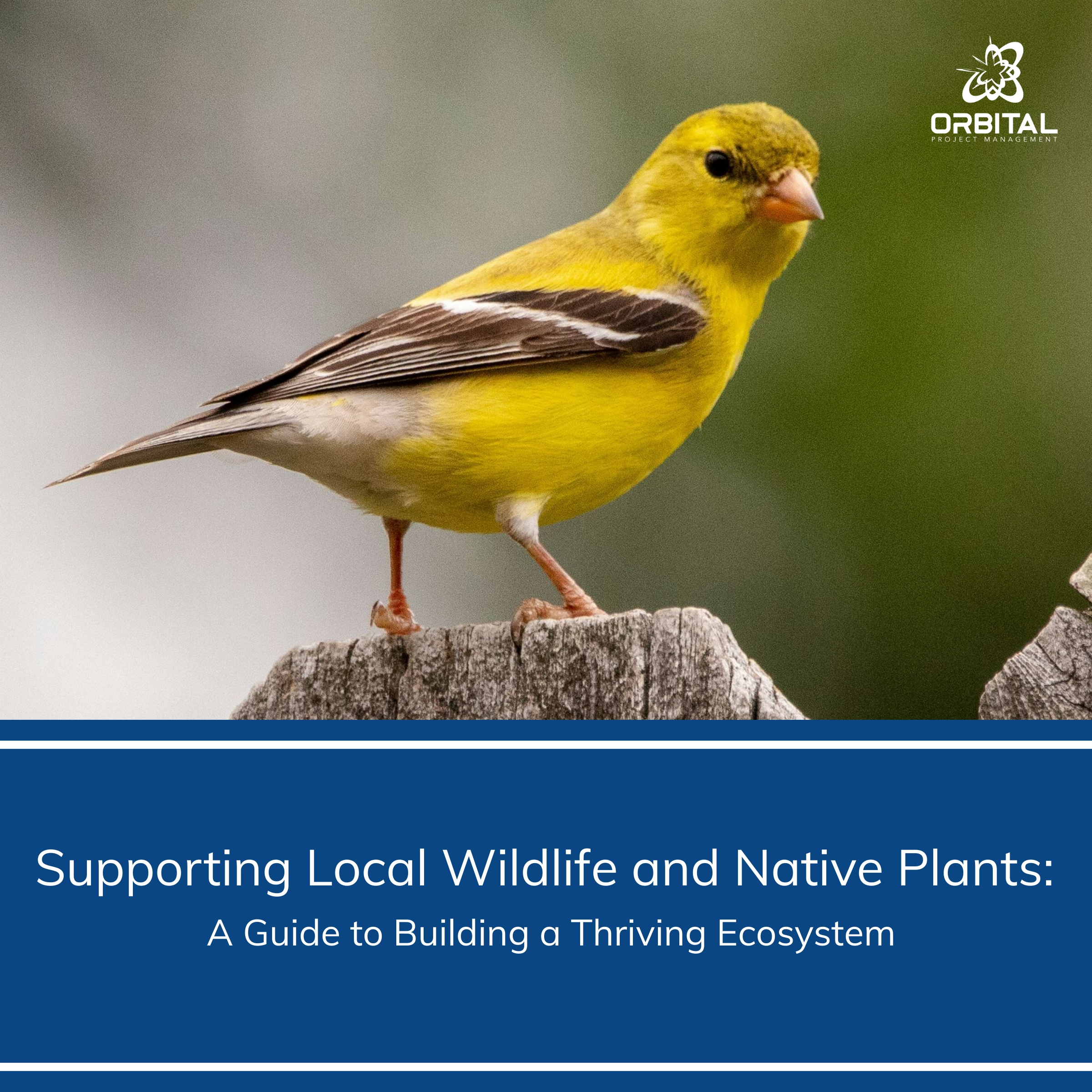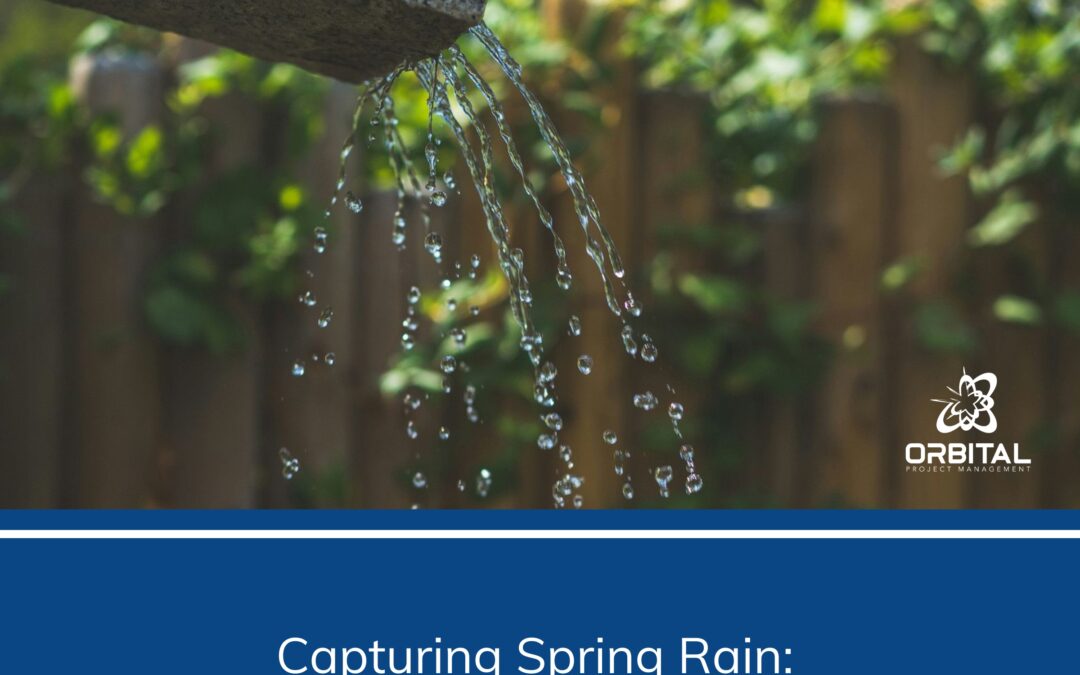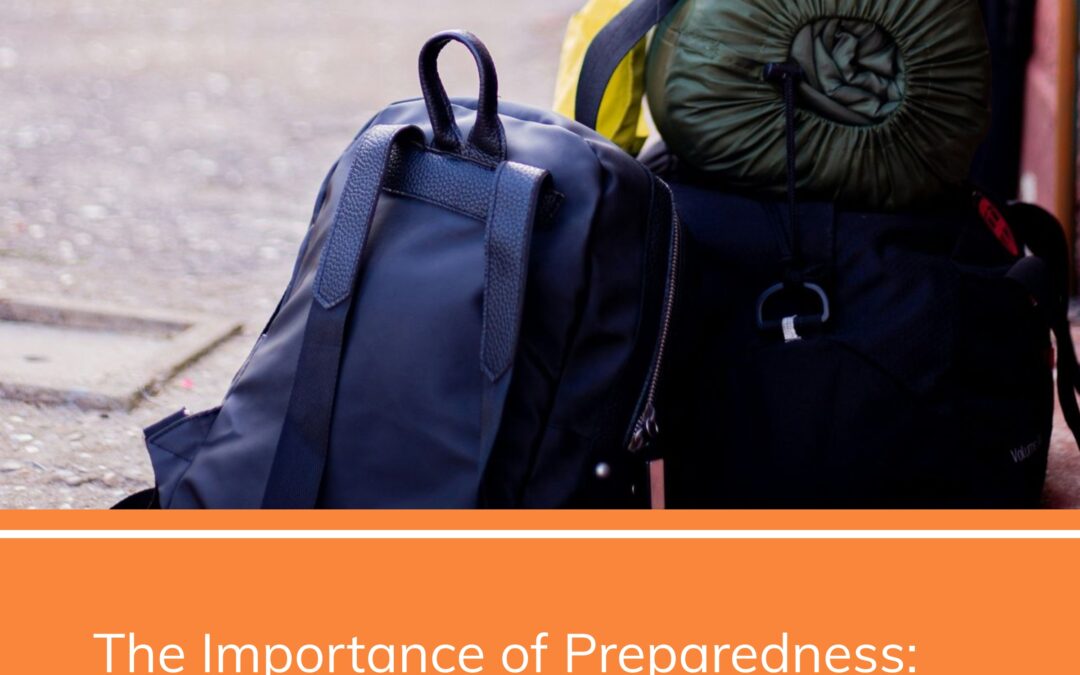As our world becomes increasingly urbanized and climate change takes a toll on weather stability, the importance of supporting local wildlife and native plant species is vital. These elements are critical for maintaining biodiversity, supporting the ecosystem, and ensuring a healthy environment for future generations. Here are some effective ways to nurture local wildlife and promote the growth of native plants:
1. Create a Wildlife-Friendly Garden
Transforming your garden into a sanctuary for wildlife begins with selecting native plants. Native plants are adapted to the local environment and provide food and shelter for local wildlife, including birds, butterflies, and beneficial insects. Consider planting a diverse range of species to attract a variety of wildlife. Check online resources for businesses that can provide lists of native plants for your region. Some can provide an entire multi-season planting plan for your specific soil characteristics and flower and foliage color preferences.
2. Use Organic Gardening Practices
Eliminating the use of pesticides and chemical fertilizers is essential for protecting local wildlife. Organic gardening practices not only promote healthier soil and plants but also create a safer environment for beneficial insects and pollinators. Utilize compost, mulching, and natural pest control methods to maintain a thriving garden ecosystem.
3. Provide Food and Water Sources
Installing bird feeders, bat houses, and bee hotels can offer essential food and nesting sites for wildlife. Additionally, creating water sources such as birdbaths, ponds, or small water features can attract various species. Have mad DIY skills? Consider making one of these hummingbird fountains. Ensure that water sources are clean and easily accessible for animals. Depending on your local regulations and climate, you may be able to collect rainwater for use in wildlife water features. Be sure to do your research first and protect collected water from hosting unwanted species.
4. Limit Lawn Areas
Traditional lawns often provide little in the way of habitat or food for wildlife. Consider reducing the area of your lawn by replacing it with native plant gardens, clover patches, or ground covers that require less maintenance and promote local biodiversity. A smaller lawn means less mowing, which is beneficial for pollutant reduction and soil health.
5. Practice Mindful Landscaping
When landscaping, aim for naturalistic designs that mimic local ecosystems. Incorporate layers of vegetation by planting trees, shrubs, and ground covers. This not only provides food and shelter for wildlife but also creates a visually appealing garden space that benefits the local environment.
6. Incorporate Habitat Features
Adding features like logs, stones, and brush piles can create natural habitats for small mammals, reptiles, and insects. These elements serve as shelter and breeding sites, promoting a diverse ecosystem right in your backyard. Designate an area where you “leave the leaves” in autumn so species have a place to overwinter safely.
7. Educate and Involve the Community
Engaging your community in local wildlife and plant conservation can lead to collective efforts that have a significant impact. Organize or participate in workshops, native plant sales, or clean-up events to raise awareness about native species and the importance of preserving their habitats.
8. Support Local Conservation Organizations
Consider donating time or resources to local conservation groups that focus on protecting wildlife and native plants. These organizations often have programs and initiatives that align with your interests, and your support can help them extend their reach and effectiveness.
9. Participate in Citizen Science
Many organizations offer opportunities for individuals to contribute to wildlife and plant conservation through citizen science projects. Participate in local biodiversity surveys, report sightings of native species, or help track migration patterns. This not only aids research but also deepens your connection to your local environment.
10. Spread Awareness
Share your knowledge about the importance of native plants and wildlife with friends, family, and social media. The more people understand the value of biodiversity in their areas, the more likely they are to take action in support of local ecosystems.
Your Contribution Matters
By taking steps to support local wildlife and native plants, we can foster a healthier, more resilient environment. Each of us has the power to make a positive difference, whether through our personal gardens or community initiatives. Embracing and promoting biodiversity not only enhances our lives but also ensures the survival of the rich tapestry of life that surrounds us. Start small and watch as your efforts contribute to a thriving ecosystem right in your backyard!
Stay in the Know
Subscribe to our monthly newsletter, The Nucleus, and get more sustainability tips like these delivered right to your inbox!






